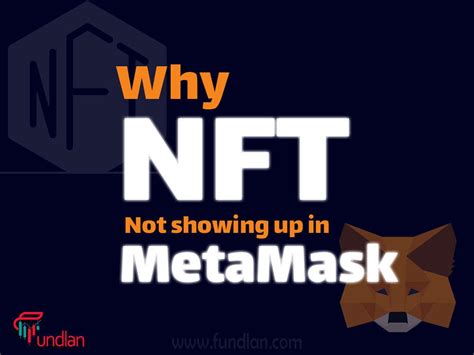Storing Nft Images with Metamask: A guide to proper display on opensea
(NFTS) on the blockchain (NFTS) on the blockchain, the choice of storage method can be crucial for a seamless user experience. One popular option However, one common issue
NFT Images with Metamask and Explore Possible Solutions to Resolve this Issue.
Why does Base64 Encoding Cause Issues?
Base64 encoding is a widely used method for compressing binary data, such as images. While it is an effective way to transmit large files over networks, it can lead to quality The reason is base64
The Metamask Issue: Limited Support for SVG Images

Adobe Photoshop or Online Services like Unsplash, Unfortunately, this
The Problem: Broken or Distorted Images in Metamask
As a result of the limitations mention This can be frustrated to showcase their art.
Solutions: Properly Storing NFT Images with Svg
Metamask Wallet and Opensea’s Platform, here are some solutions:
- Optimize image compression : consider more efficient image compression algorithms like webp or png. These formats Equipment Better Support for Graphics Rendering Engines and Help Maintain Image quality.
- This Approach Ensures Compatibility With Various Graphics Rendering Engines.
- Base64-incode images before storing : if possible Format within the Wallet and Marketplaces.
*
Conclusion: Properly Storing NFT Images with Metamask
Metamask Wallet on opensea can be frustrating, it is not an insurmountable problem. By following these solutions, you can ensure that your nft images are properly stored and displayed within both platforms.
Tips for Further Improvement:
- Consider using a more advanced image compression algorithm like JPEG 2000 or Webp.
.
.
By Applying these tips, you can create a seamless user experience for showcasing your unique digital art assets on both the metamask wallet and opensea.
